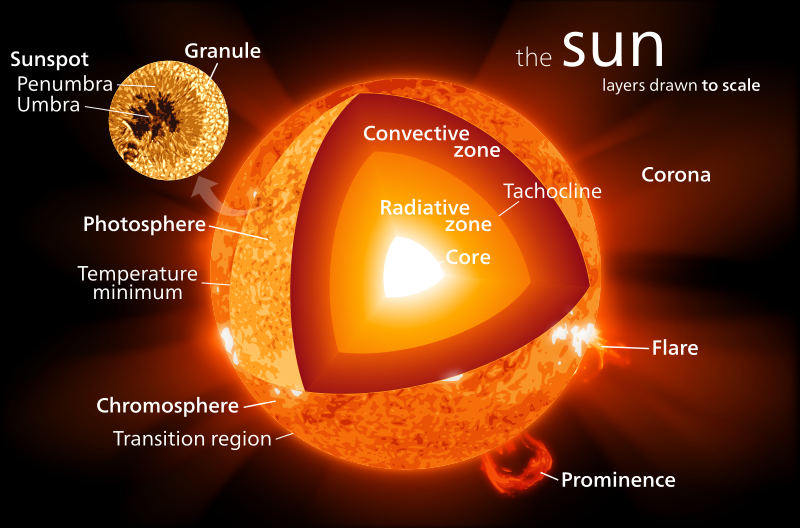
Outside of that surface, solar particles move so quickly that they escape the Sun's gravity and become part of the solar wind. Credit: NASA's Goddard Space Flight CenterĪccording to NASA, the best estimates put the edge of the corona - known as the Alfvén critical surface - anywhere from 6.8 million to 13.7 million kilometres out, or roughly 10 to 20 times the Sun's radius. The corona shines during a solar eclipse, as the Moon completely blocks the direct light from the Sun. However, these observations have not provided us with enough to know precisely how far the corona extends away from the Sun's surface (the photosphere). Satellites in space continually watch the Sun and its corona, and we see the corona each time there is a total solar eclipse. One of the biggest mysteries about the Sun, so far, is the actual size of its atmosphere - the solar corona. Also, since it is going where no spacecraft has ever gone before, it will likely discover new secrets to explore. The objective is to help scientists solve persistent mysteries about solar activity and the Sun's atmosphere. Its mission is to orbit the Sun, drawing closer and closer to the star while sending back data from the array of sensors installed on board. The Parker Solar Probe has been in space for over three years now.

After plunging itself through the edge of the solar corona back in April, NASA's Parker Solar Probe effectively 'touched' the Sun, becoming the first spacecraft to ever come that close to our host star.


 0 kommentar(er)
0 kommentar(er)
